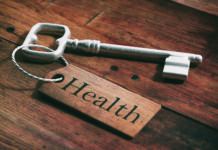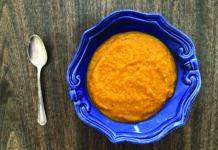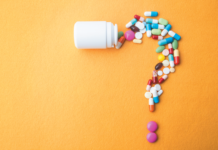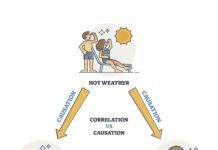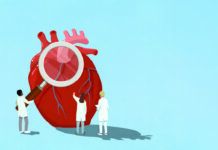Answer: The US Food and Drug Administration (FDA) tests microwave ovens to make sure they meet safety standards that assure the ovens do not present any radiation hazard. The FDA has never received any reports of radiation injury as a direct result of microwave exposure, and says there is little cause for concern about radiation leakage unless the door latch, hinges or seals are damaged. Concerns that pacemakers might be affected by microwaves have largely been addressed by design changes to protect pace- makers against electrical interference.
Most of the real worries about microwave ovens arise from when they heat things too much or too little. Steam burns and spatters can occur as with other cooking methods. The FDA has also received reports about injuries from superheated water thats been heated past the boiling point in a microwave oven, and which then erupts when jostled or stirred. The risk of superheating is greatest with plain water in a clean cup; a teabag, instant coffee or other materials added to the water before heating greatly reduce the risk. You should also be care- ful to use only microwave-safe containers; dont, for example, microwave restaurant carryout containers or repurposed margarine tubs.
Microwave ovens have also been impli- cated in foodborne-illness cases where foods werent heated enough to kill pathogens. Check frozen-food labels and follow directions carefully. Chicken thawed in the microwave should be cooked right away and should not be refrozen uncooked. The USDAs Food Safety and Inspection Service (FSIS) advises against cooking un-thawed chicken in a microwave, and against partially pre-cooking hamburger in the microwave to fnish later on the grill.


